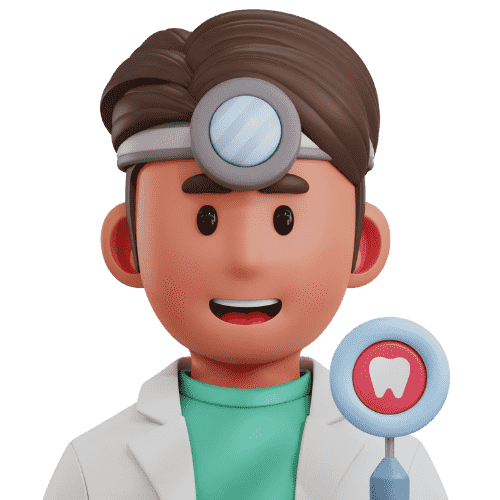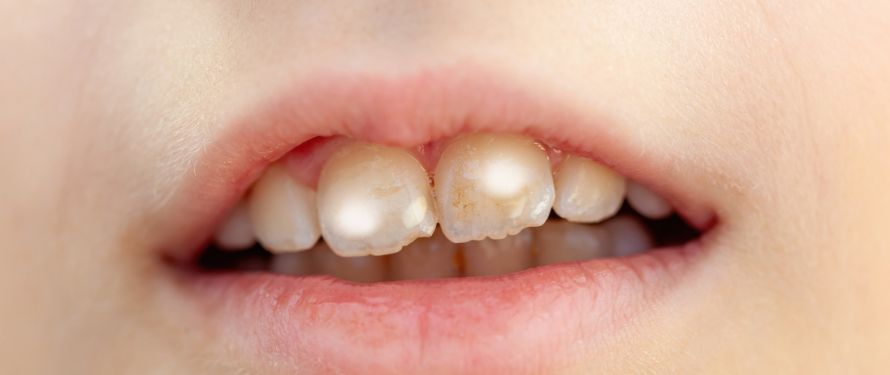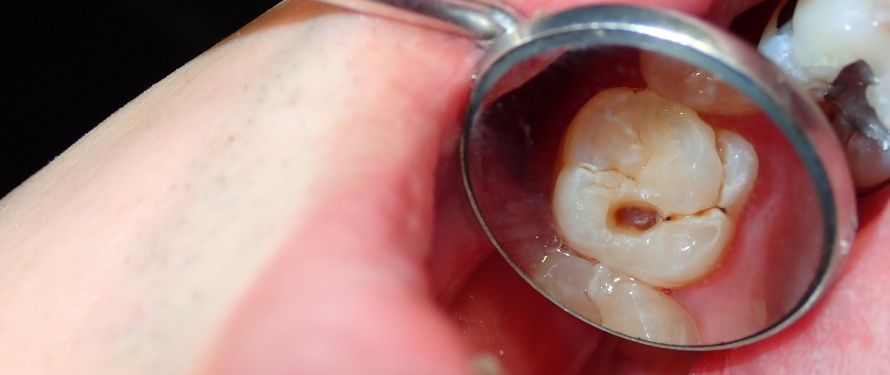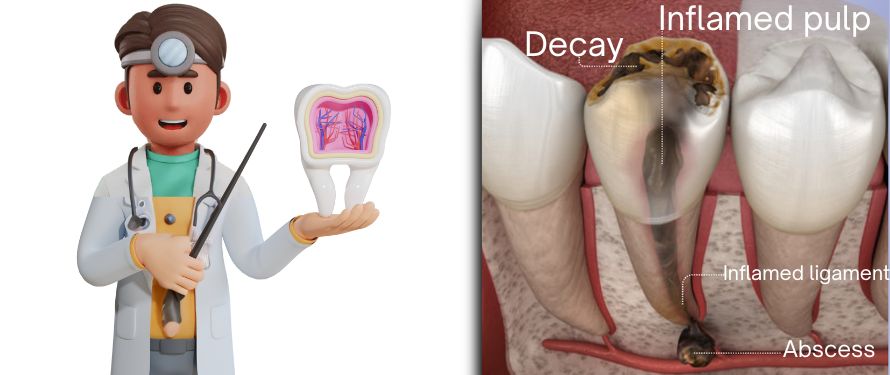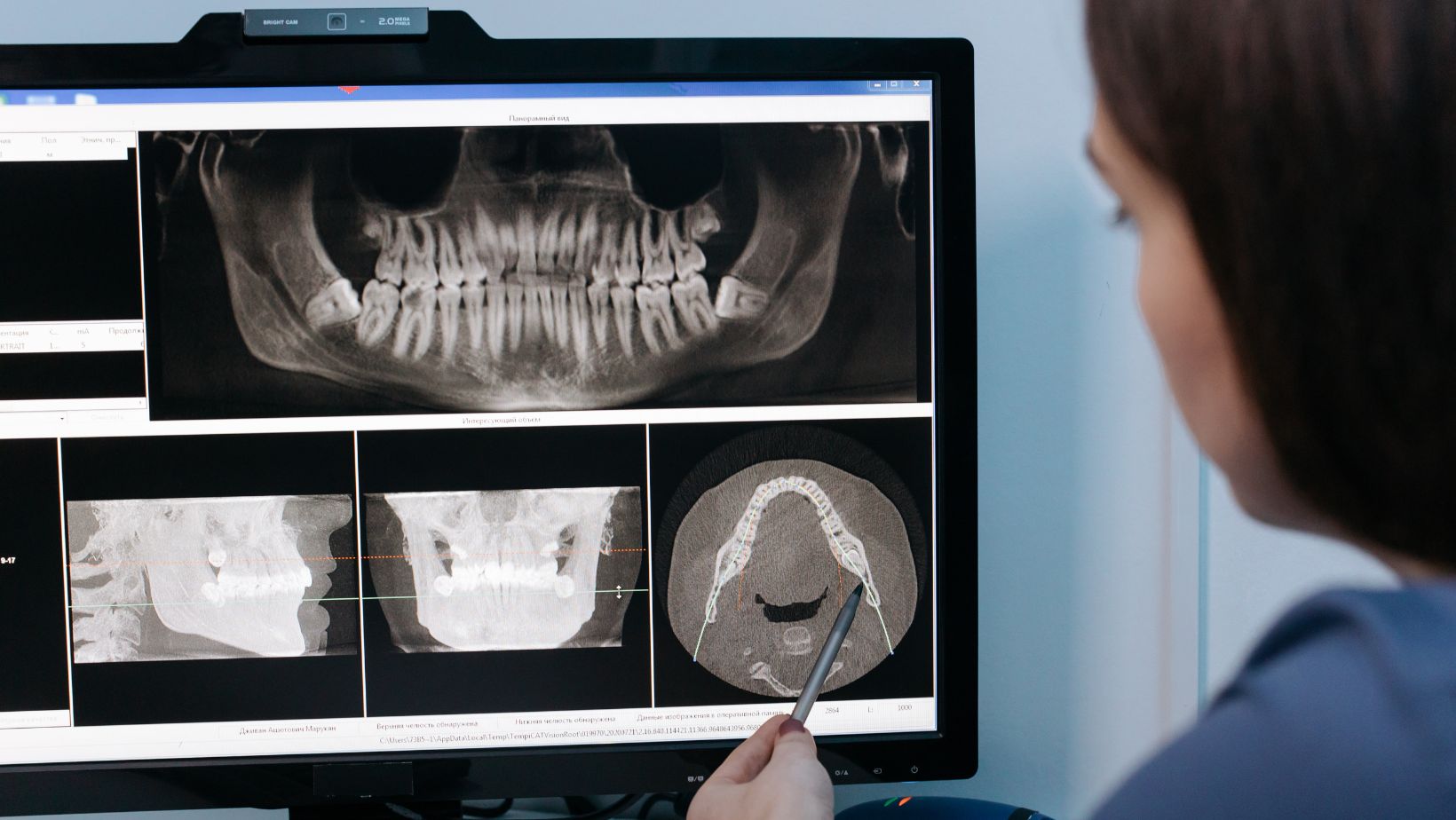
Your Childs First Dental Visit in Muskegon: A Parent’s Guide
Your child’s first dental visit is a milestone—right up there with first steps and the first day of school. But unlike those moments, this one can come with a mix of excitement, confusion, and nerves for parents trying to figure out exactly what will happen at the appointment.


